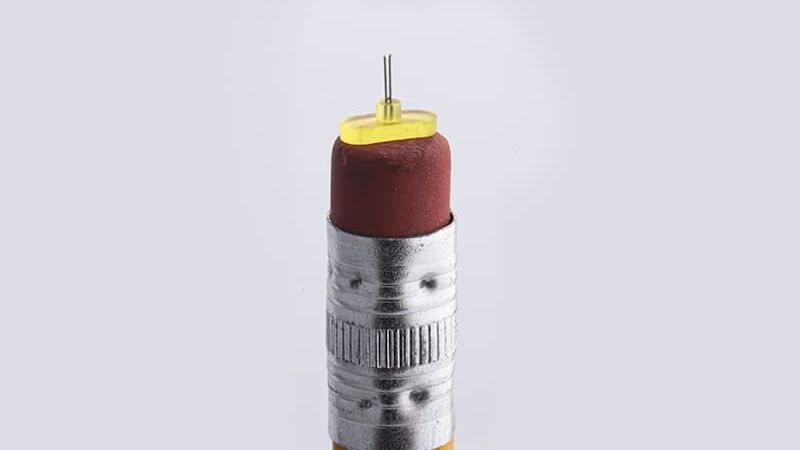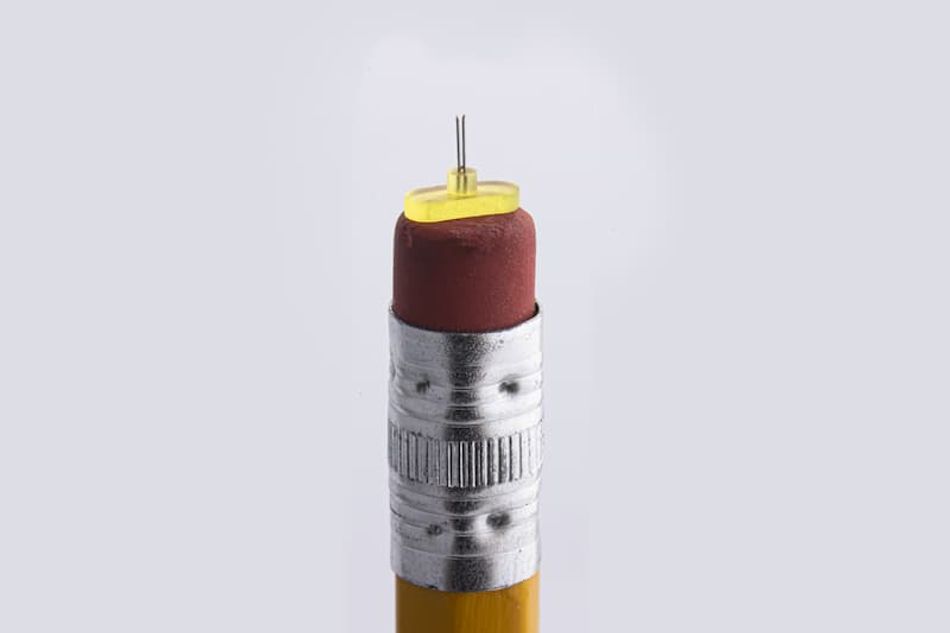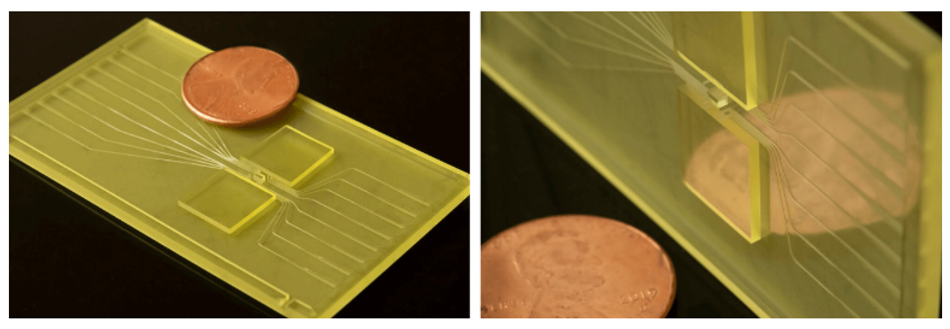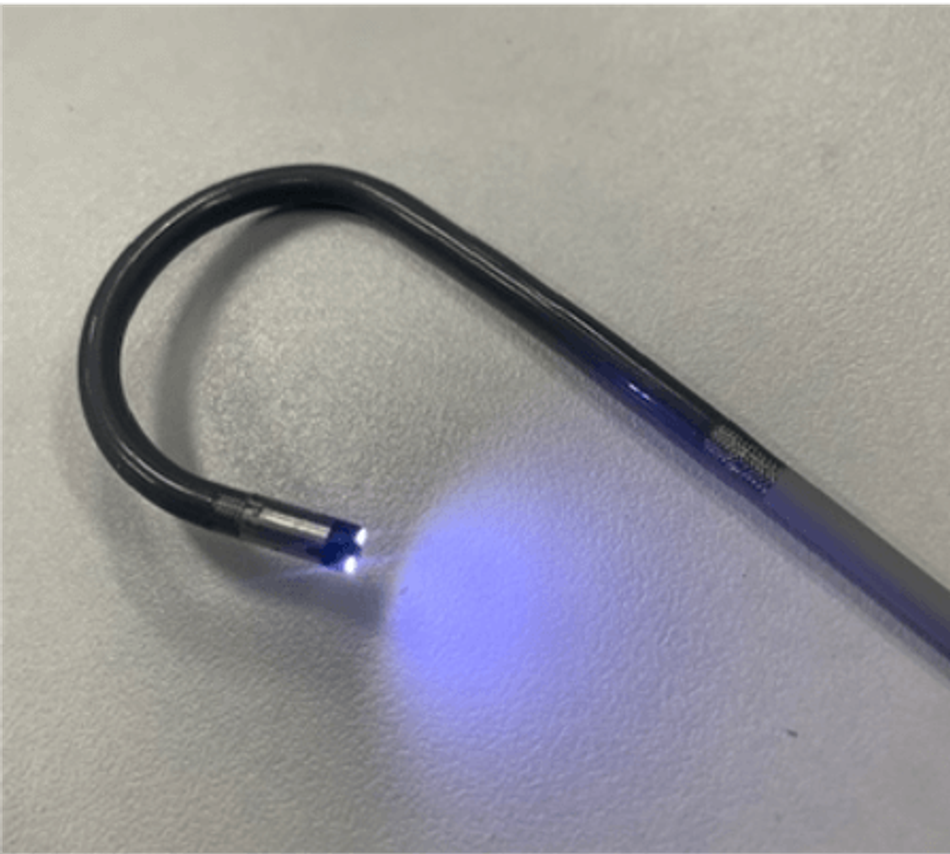The top ways high precision 3D printing is changing the medical and life sciences landscape
3D printing applications continued to flourish in more technical industries, and the technology has become an intrinsic part of manufacturing and producing products from hearing aids, dentistry parts or surgical instruments and inhalers.
This article was first published on
bmf3d.comIn the 2010s, at-home 3D printing become a widespread craze but as years passed the buzz has quieted. While some of the media excitement may have tempered, 3D printing applications continued to flourish in more technical industries, and the technology has become an intrinsic part of manufacturing and producing products from hearing aids, dentistry parts or surgical instruments and inhalers. As part of 3D printing’s resurgence, it is now transforming the life sciences industry and revolutionizing Medtech in unexpected ways.
Using 3D Printed Microneedles to Tackle Skin Cancer
Our customer IMcoMET Medtech is a biotech startup in the field of skin cancer treatment. Immunotherapy is now turning to the use of micro-scale tools to change the way we treat skin cancer, IMcoMET MedTech has developed technology like the microneedle-Duo (M-Duo) which allows the microenvironment of the tumor and all of its components to be physically removed, to then be replaced with healthy tissue.
This small scale of design and alternative approach to tumor aspiration wouldn’t be possible without 3D printing technology from Boston Micro Fabrication, which printed the parts needed to assemble the device on its open-source, micro 3D printing platform. The technology used 3D printed components such as the caps/lid that hold the needles in place. BMF was able to print these high-precision pieces, bridging the gap between classic technology (SLA 3D and nano 3D printing). BMF is able to manufacture these parts due to the high-precision capabilities of its devices – with 100µm channels and spacing requirements of the part down to 20-40 µm.
Shaping COVID-19 Testing with High-Resolution Molding
Researchers at UC Berkeley were looking for an alternative method to produce molds for multiplex microfluidic devices that can be used in the fight against COVID-19. These devices are equipped with a sensor and can be used to perform traditional antibody testing for patients who are infected. As a means to reduce the spread of viruses, there is a pressing need to detect infection at a very early stage through viral RNA analysis.
Christos Adamopoulos, PhD Candidate and Asmaysinh Gharia, Researcher at UC Berkeley were very impressed with the ultra-high resolution that BMF’s technology can achieve. The accuracy and precision of these 3D printed molds is especially important as the microfluidic multiplex devices currently use 100µm channels and they wanted to make channels on an even smaller scale with a higher density.
After running through tests with BMF on their 10-micron resolution microArch S140 3D printer, they discovered it was possible to produce features and channels down to 50µm and still have the layers align accurately. They can now fit eight channels instead of five onto the same footprint and can scale up device complexity without increasing the production scale.
Increasing High Quality Precision in Medtech
Medical devices place extremely high demands on the reliability of their components. With applications including surgical power tools, ventilators, and heart pumps, precision bearings are among the critical components on which the safety of treated patients often directly depends. The need for precision and selection fitting components for the device is of the utmost importance.
RNDR Medical is a team of talented and experienced medical device engineers, designers, technicians and executives focused on the advancement of medical technologies. In their recent partnership with BMF, they were able to launch a novel single-use scope for endourology that is utilized for direct visualization and navigation to enable diagnosis and treatment of urinary tract disorders, such as kidney stones and urothelial carcinoma, as well as pyeloscopy procedures enabling therapeutic access to the renal pelvis and kidneys.
Anthony Appling, Principal, Co-owner, and Keith Wells, Design Engineering Lead were seeking a manufacturing solution since the device requires a high degree of precision while being sealed to prevent fluid exposure. While searching for a solution to navigate the long and expensive wait times of micro molding, they came across Boston Micro Fabrication’s Projection Micro Stereolithography (PµSL) micro 3D printing technology.
By partnering with BMF, the RNDR team was able to cut production time in half. BMF’s microscale 3D printers also enabled the company’s medical device engineers to evaluate and iterate designs in a matter of days and weeks vs months. As RNDR Medical can attest, BMF 3D printers are well-suited for visualization systems, therapy and diagnostic catheters, and delivery systems across medical device markets.
Enhanced efficiency in Medtech devices
According to the Centers for Medicare and Medicaid Services, annual US healthcare spending on medical devices is projected to reach around $300 billion to $400 billion — 5-6% of $6.8 trillion in total healthcare spend — by 2030. 3D printing is already becoming a critical player in the production and manufacturing process as companies and research institutes continue to utilize its applications.
Last year, the University of Catania designed micro-optofluidic devices suitable for an enhanced optical investigation device. Lorena Saitta, PhD in the Polymers and Composites was looking for a one-step manufacturing process that could guarantee optical transparency and tailored surface chemistry without the need for further assembly. The device also needed appropriate surface roughness to avoid flow instability and minimize the risk of fluid leakage at assembly points.
Saitta turned to 3D printing to manufacture the micro-optofluidic device in one piece. Using the microArch S140, team was able to print the device with integrated inlets, outlets, and insertions for micro-optical fibers. The microArch S140 was also able to manufacture the micro-optofluidic device in one piece, eliminating concerns over fluid leakage. Projection Micro Stereolithography has opened new frontiers in the manufacturing of micro-optofluidic devices” says Lorena Saitta, PhD, University of Catania.
Expanding MedTech Applications
Use cases are increasingly proving that 3D printing is growing to be more intertwined with the advancement of technology in healthcare and the life sciences. Beyond applications in use today, BMF is continuing to innovate through its partnership with the University of Nottingham. The Centre for Additive Manufacturing, a multidisciplinary research group at The University of Nottingham, is developing a toolkit that will act as an instruction manual to improve the pathway from research all the way through to development and clinical adoption; identifying how medical technology companies can develop personalized and tailored medical devices. This project aims to help to unlock a bottleneck that prevents the bringing of new innovative engineering to the NHS.
Whether it’s by creating micro-scale tools that deliver immunotherapy and have the potential to change the way we treat skin cancer, to producing high accuracy and precision printing molds for early detection COVID-19 tests or looking away from traditional manufacturing to additive manufacturing to combat extended production times, micro 3D printing is pushing the boundaries of innovation. The benefit of utilizing 3D continues to be recognized by companies as a creative, high-quality solution and will continue to play a critical role in new innovations to come.



